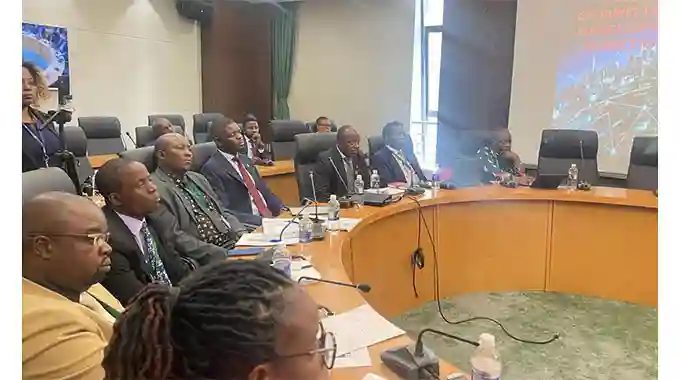A ZESA Holdings official stated that the parastatal is actively engaging with mining companies, particularly those in the ferrochrome sector, to encourage them to generate their own electricity.
According to Eliab Chikwenhere, the acting Chief Executive Officer of ZESA Holdings, electricity consumption is projected to nearly double in the upcoming year, reaching a peak demand of 3,500MW.
This surge is attributed to the establishment of new and expanding mines, as well as the growing number of houses connected to the grid.
During his appearance before the Parliamentary Portfolio Committee on Energy and Power Development on Tuesday, March 19, Chikwenhere emphasized that mining companies should take responsibility for generating their own power. He said (via The Herald):
With the increase in demand from the current 1 950MW and taking into account the new applications we have received, especially in the mining sector, in the coming year, we expect the figure will encroach 3 500 MW…
We are discussing with mining companies, especially in the ferrochrome sector that they have to generate their own power.
ZESA Holdings and Dinson Holdings, which is developing an iron and steel plant near Mvuma, have signed a tariff agreement.
Under this agreement, ZESA will supply subsidised electricity to Dinson in exchange for the construction of three renewable energy plants by the iron and steel company.
Dinson’s renewable energy projects include a 100MW solar plant at its ferrochrome smelting plant in Selous, another 100MW station powered by wind energy at Manhize, and 70MW from waste heat generated at the iron and steel plant
The primary use of this electricity will be at the US$1.5 billion iron and steel plant, which is set to be commissioned in January.
Caledonia Mining, a gold-producing company, has constructed a 12MW solar power plant at its Blanket Mine in Gwanda.
Golden Valley Mine is currently in the process of building a 7MW solar power plant at its gold mine in Kadoma.
More: Pindula News

